
A worker transports cargo with a forklift at the Urumqi International Land Port Area in the Xinjiang Uygur autonomous region in July. (CAI ZENGLE/FOR CHINA DAILY)
China will establish a pilot free trade zone or FTZ in the Xinjiang Uygur autonomous region to promote high-quality development in the central and western regions, foster a golden pathway between Asia and Europe, and better serve the Belt and Road Initiative, according to a guideline issued by the State Council, the country's Cabinet, on Tuesday.
The pilot FTZ will have three subzones in Urumqi, Kashgar and Khorgos, covering a combined area of 179.66 square kilometers, the guideline said, noting that each subzone will position itself distinctively, based on its specific advantages.
Using bilateral intergovernmental cooperation platforms and joint mechanisms, cross-border settlements in renminbi will be promoted with the economies involved in the Belt and Road Initiative, in areas like trade in commodities and overseas project contracts, the guideline noted.
The Urumqi subzone will leverage its land and air ports and strengthen the construction of a land port-based national logistics hub. It will also foster an important platform for exchanges and cooperation with neighboring countries in Central Asia, the guideline said.
Development of international trade, modern logistics, advanced manufacturing, textile and garment industries, emerging industries like biomedicine, new energy, new materials, software and information technology services, will be advanced on a priority basis in the Urumqi subzone, it said.
Based on its advantageous location for international trade and logistics, the Kashgar subzone will grow its export-oriented economy, placing emphasis on labor-intensive industries like textile and garment production, deep processing of agricultural and ancillary products, and assembly lines for electronic products and other industries, the guideline stated.
The Kashgar subzone will also intensify its efforts to process imported resources and foster segments of the contemporary services sector like international logistics and cross-border e-commerce, to build itself into a processing and distribution hub, with strong ties to Central and South Asia, the guideline stated.
Building on the strengths of cross-border cooperation and the land border port-type national logistics hub, the Khorgos subzone will put development of cross-border logistics, cross-border tourism, financial services, exhibitions and other modern service industries high on its agenda, the guideline said.
In addition, industries like special medicine, electronic information and new materials will be expanded. These efforts, combined, will create a new model of cross-border economic, trade and investment cooperation in the Khorgos subzone, according to the guideline.
Greater reform autonomy will be granted to the pilot FTZ in Xinjiang, to allow it to fully utilize its locational advantages, conduct in-depth and region-specific exploration, and develop businesses that leverage local strengths, the guideline noted.
A high-quality FTZ with high standards will be established in three to five years, with an enabling business environment, greater trade and investment facilitation, advantageous industry clusters, better resource sharing, effective and coordinated management, and the ability to drive the development of their surrounding areas, the guideline said.









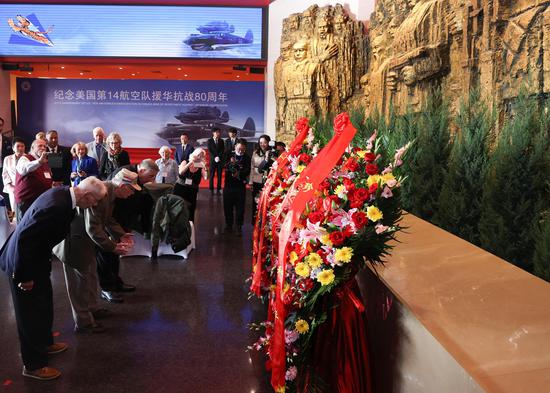
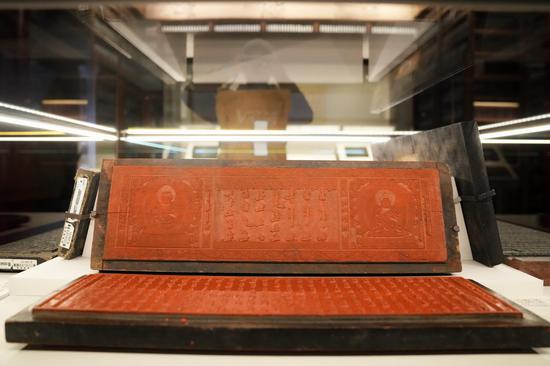

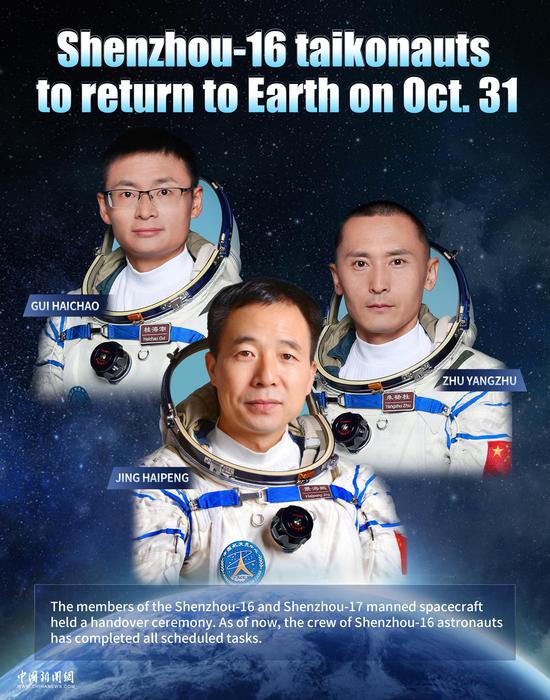

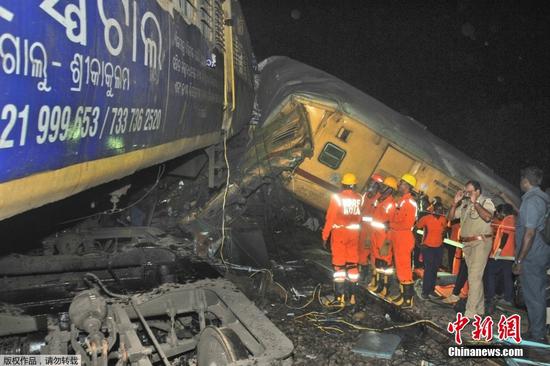
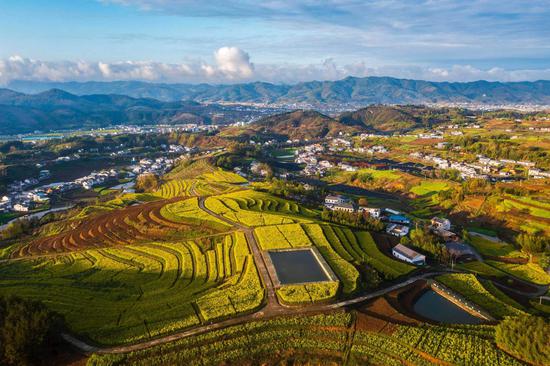



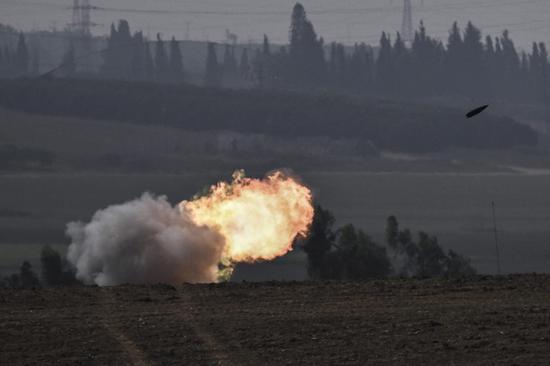



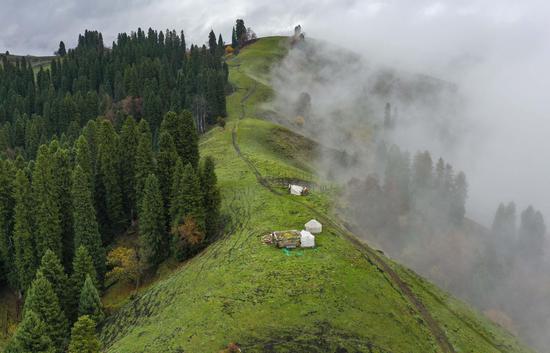




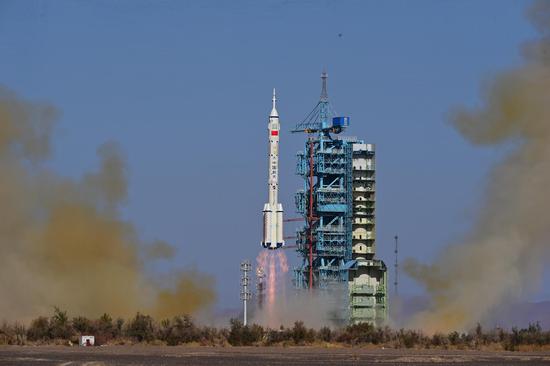
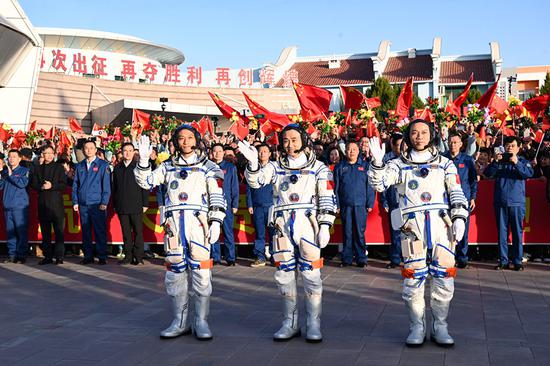
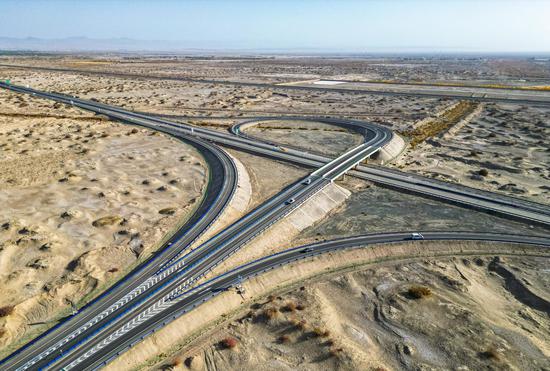



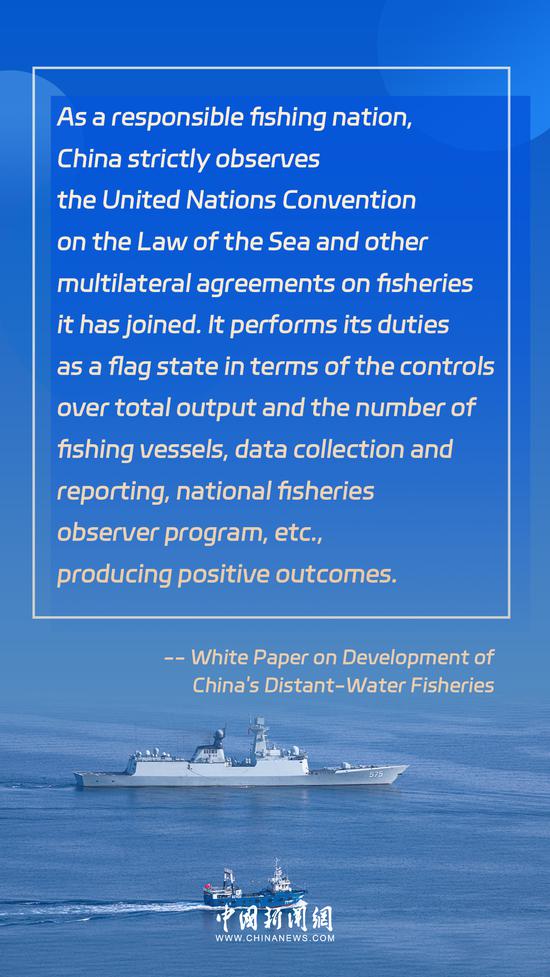

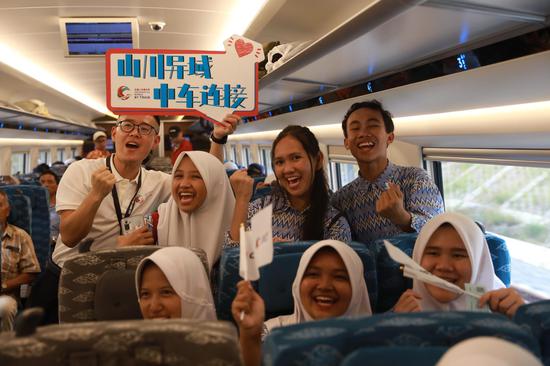



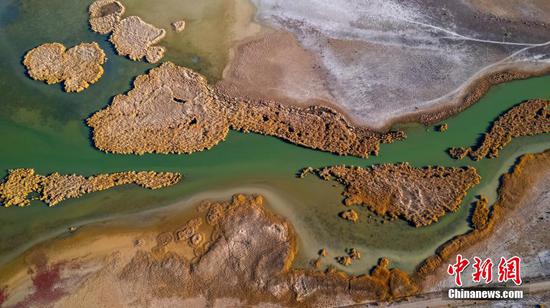
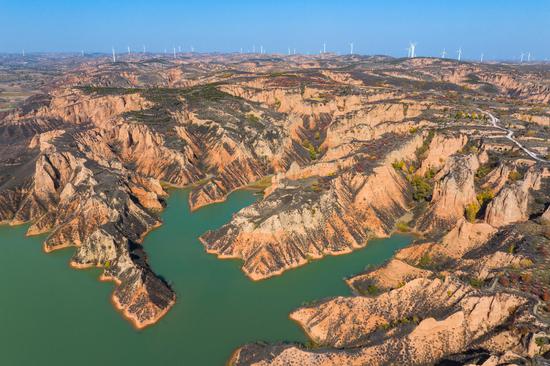

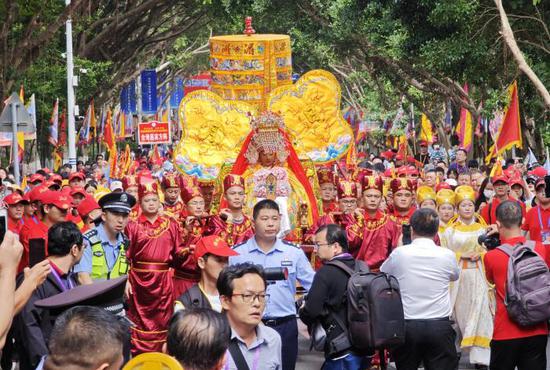
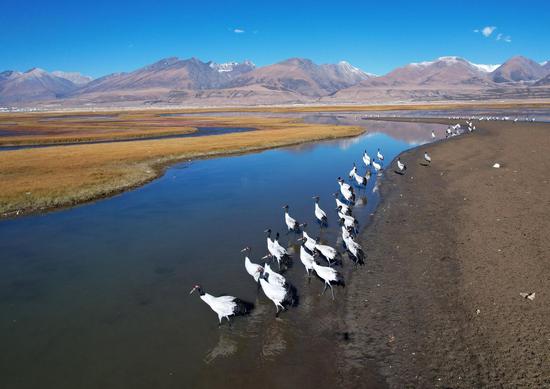



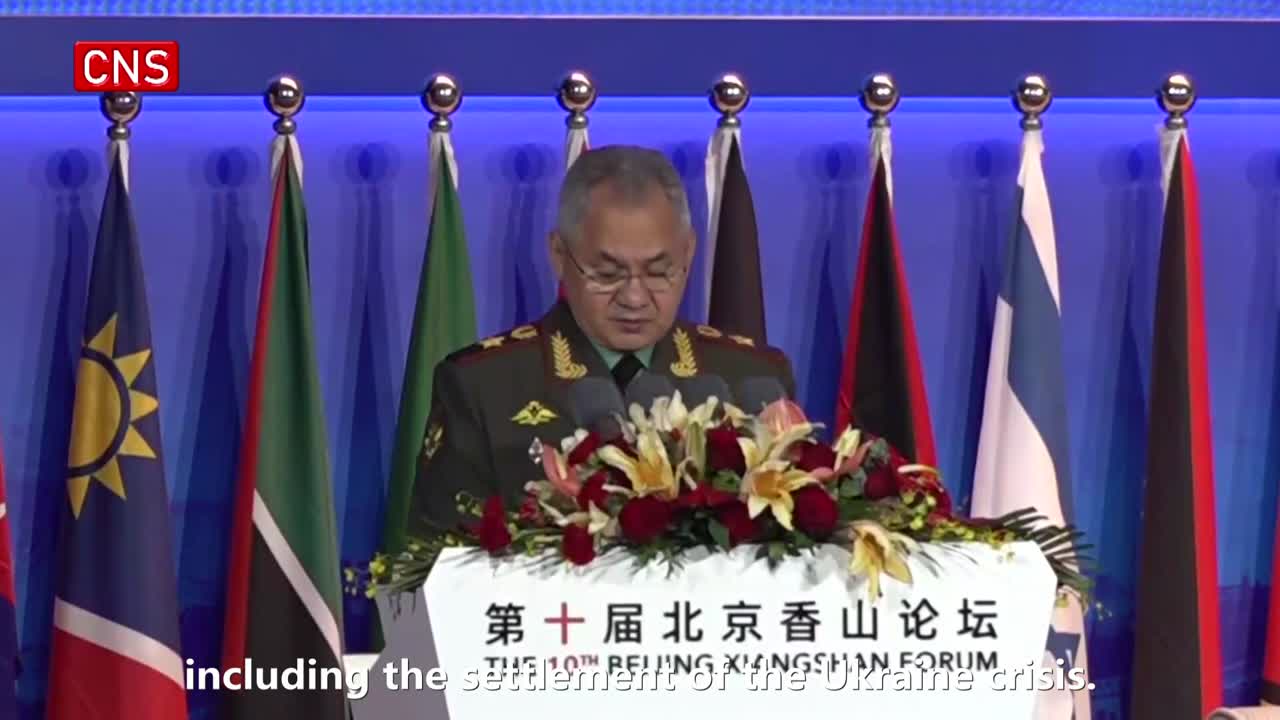

 京公网安备 11010202009201号
京公网安备 11010202009201号